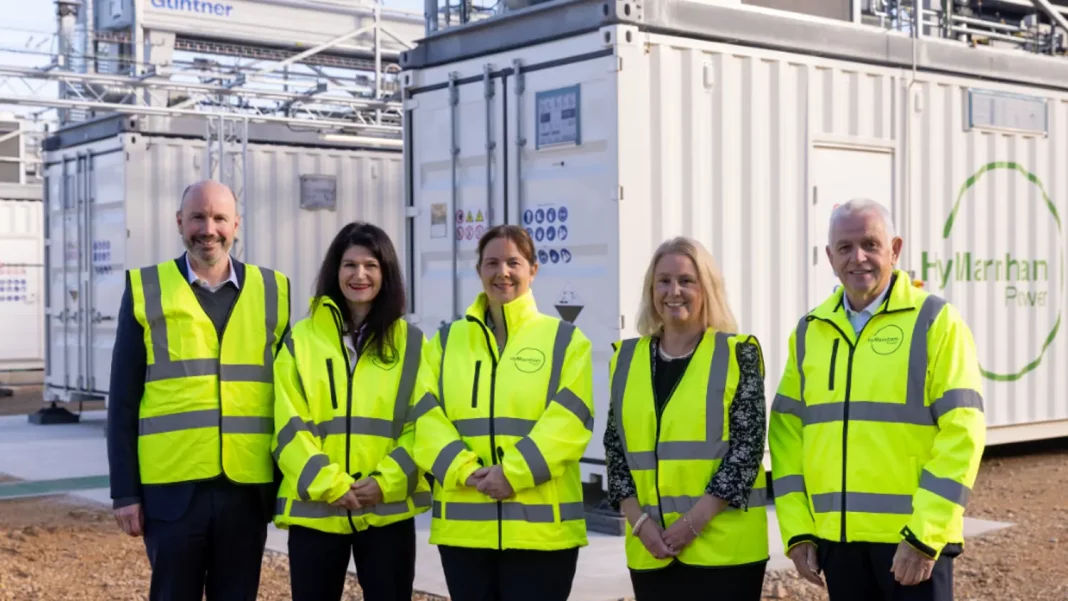Cadent has confirmed the route for the first phase of its East Coast Hydrogen Pipeline, a 140-kilometre network that will link hydrogen production sites in the Humber and North Nottinghamshire to energy-intensive industries across the East Midlands. The project is designed to help regional manufacturers transition away from natural gas and reduce emissions at scale.
The initiative has secured more than £42 million from Ofgem to progress planning, technical, and consenting work. Once operational, it could remove up to 600,000 tonnes of carbon dioxide from the atmosphere annually. Industries including steel, chemicals, lime and brick production, and food manufacturing are expected to benefit from the shift to low-carbon hydrogen.
Adam Knight, ECHP Project Director at Cadent, said the pipeline marks a critical milestone in the UK’s journey to net zero. He described it as “vital to the UK’s overall decarbonisation efforts,” adding that it is about “unlocking a new low-carbon future for the East Midlands and the Humber, one that keeps industry thriving while cutting emissions.” He noted that hydrogen provides “a viable route to decarbonise sectors that can’t easily electrify,” positioning the pipeline as a key part of national infrastructure.
A central hub in the project will be the HyMarnham Power site in Nottinghamshire, a joint venture between JG Pears and GeoPura. The site’s 15MW electrolyser is due to be fully operational by autumn 2025, with the potential to expand to over 900MW of production capacity once the pipeline is in place. Andrew Cunningham, Director at HyMarnham Power, said the connection to Cadent’s network “opens up the opportunity to supply clean, low-carbon energy directly to the region’s most energy-intensive industries.” He added that the collaboration will “cut emissions, protect jobs, and build new skills in a future-focused energy economy.”
By 2050, hydrogen development across the East Midlands and Humber is projected to create 10,000 permanent jobs, 7,000 construction roles, and contribute £3.4 billion in gross value to the regional economy. It could also save more than 9.6 million tonnes of carbon dioxide.
The East Coast Hydrogen Pipeline is expected to integrate with a broader national hydrogen network, enhancing energy resilience and positioning the region as a cornerstone of the UK’s low-carbon transition. East Midlands Mayor Claire Ward said the project aligns closely with the region’s Growth Plan, describing it as “the kind of ambitious investment that sits at the heart of our East Midlands Growth Plan.” She added that linking HyMarnham Energy Park with key employers “helps businesses to decarbonise while also creating the foundations for sustainable economic growth and skilled jobs for generations to come.”
Cadent’s route announcement took place during the East Midlands Hydrogen Summit, where more than 100 organisations from industry, technology, and government gathered to discuss the region’s growing role in the UK’s hydrogen economy.



